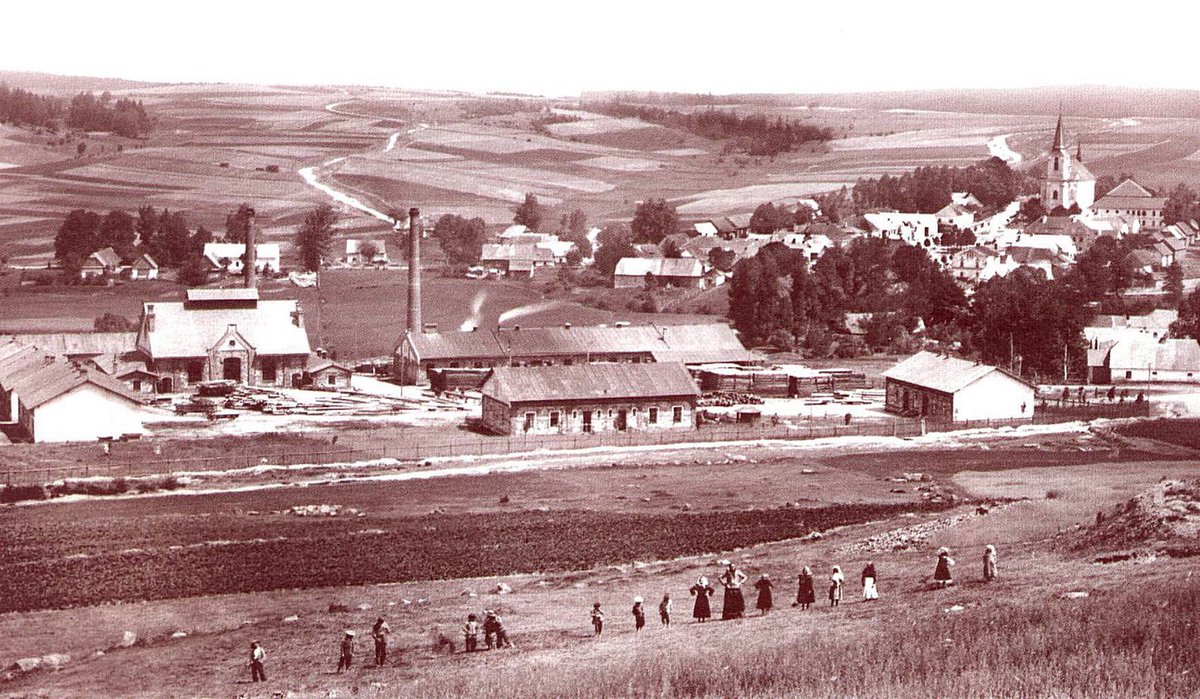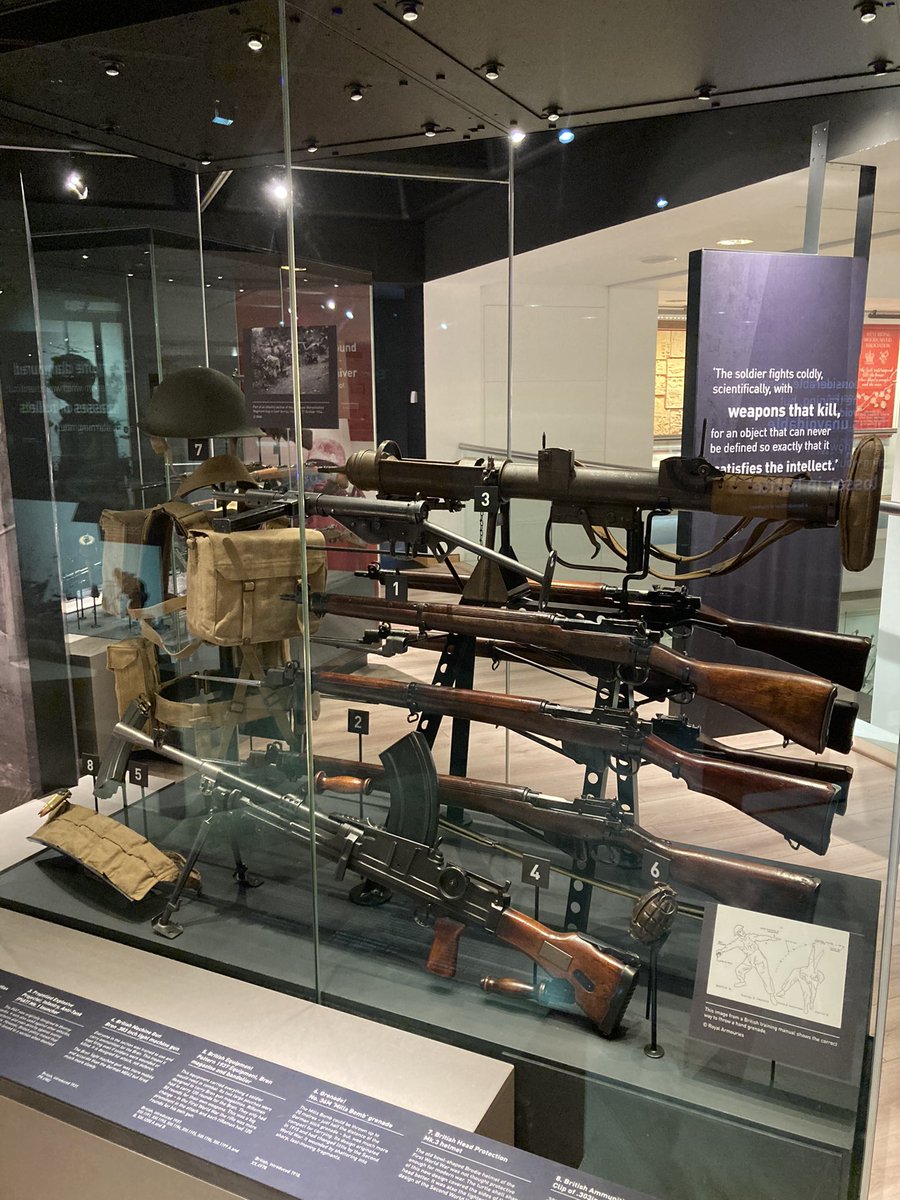Thread: On this day, 7th May, in 1945, German Kriegsmarine troops opened fire on Dutch civilians, that had congregated to celebrate the arrival of Allied forces, in Dam Square, Amsterdam.
This thread will examine what occurred.
This thread will examine what occurred.
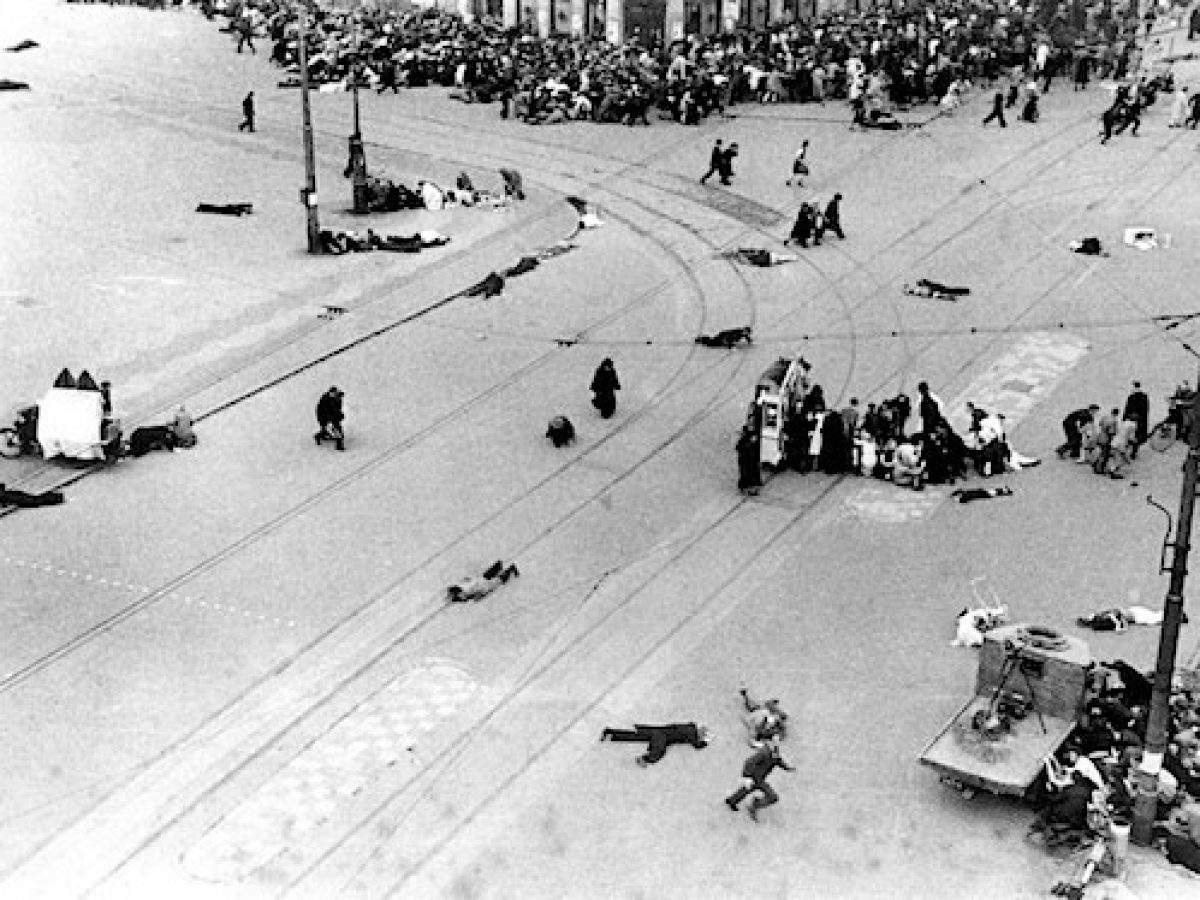
Allied forces had briefly entered the city at noon, but were afraid of a siege situation. They stated that they would not enter the city again until Dutch Domestic Armed Forces had disarmed the German troops located there. 
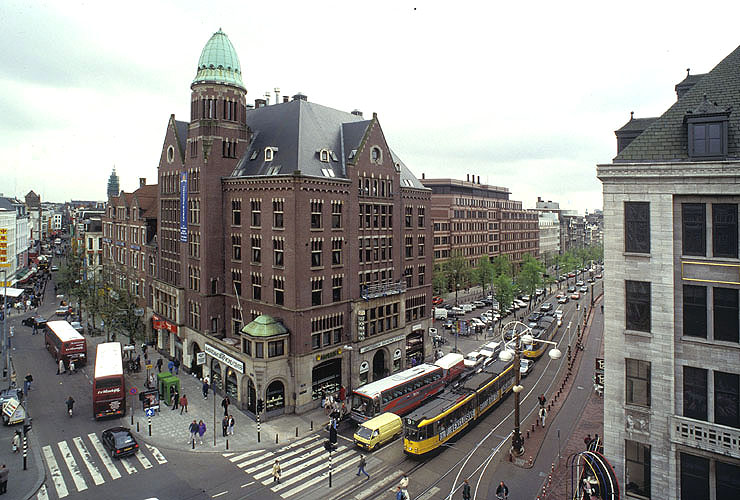
A detachment of Kriegsmarine, uncertain of the situation, barricaded themselves in the Groote Club (above). Outside, the crowds that had welcomed the first Allied troops at noon still remained. At 3pm, for reasons unknown, the naval troops opened fire. 
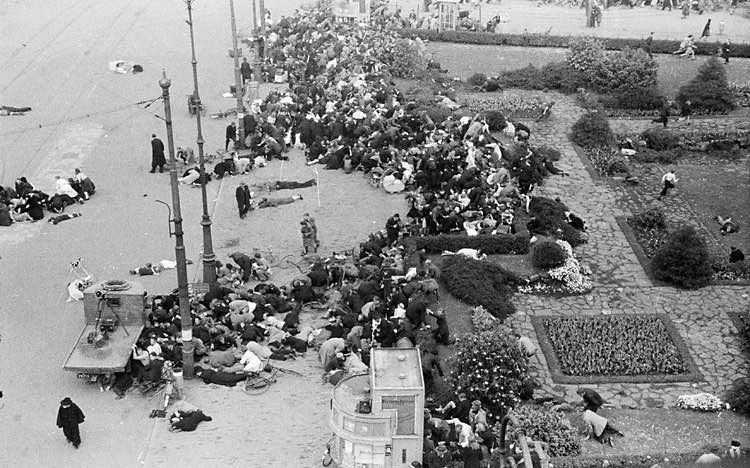
There are several theories as to why the KM troops opened fire. Some state the accidental discharge of firearms panicked the KM, and others state they were angered that individual German soldiers had been killed (eg @ Paleisstraat)
German officer arrested (Amsterdam City Archive)
German officer arrested (Amsterdam City Archive)
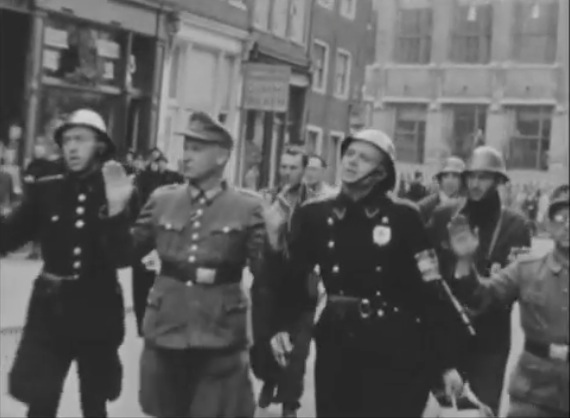
Dutch Major Overhoff, witnessing the incident, hurried to the German Ortskommandant (local commandant) for help. Hauptmann Bergmann of the Gendarmerie accompanied Overhoff back to Dam Square. Bergmann was not happy, stating ‘that is natural again of the damn marines, what a mess’ 
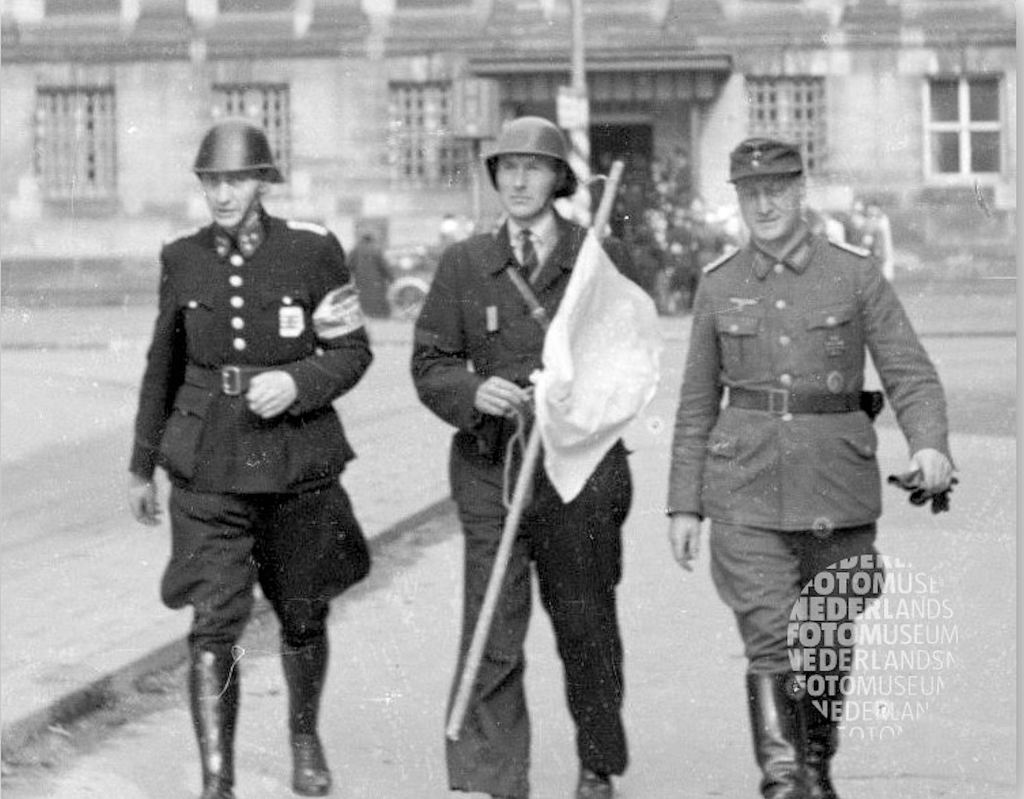
Upon reaching the Groote Club, Bergmann and Overhoff approached the Kriegsmarine Hauptmann in command (observing the situation from the roof) and ordered him not to fire a single shot more.
Photo: Overhoff, a Dutch serviceman, and Bergmann (Source: Nederlands Fotomuseum)
Photo: Overhoff, a Dutch serviceman, and Bergmann (Source: Nederlands Fotomuseum)

The pair then went around the city on a motorbike and side car (with a driver, who was killed during the day by an unknown bullet) and quelled all other firefights between German and Dutch forces, with both sides being told to keep the ceasefire.
The Kriegsmarine troops killed 26 people with their immediate volleys in the Dam, with 6 more succumbing to their wounds soon after. As many as 100 people were wounded.
Some of the victims from the massacre (source: Stichting Memorial)
Some of the victims from the massacre (source: Stichting Memorial)

If it was not for the actions of Dutch Major Overhoff and German Hauptmann Bergmann in urging their respective countrymen to put down their arms, many more people may have died that day.
On 8th May, British and Canadian forces entered the city.
Photo: Amsterdam Parade, 28Jun45
On 8th May, British and Canadian forces entered the city.
Photo: Amsterdam Parade, 28Jun45
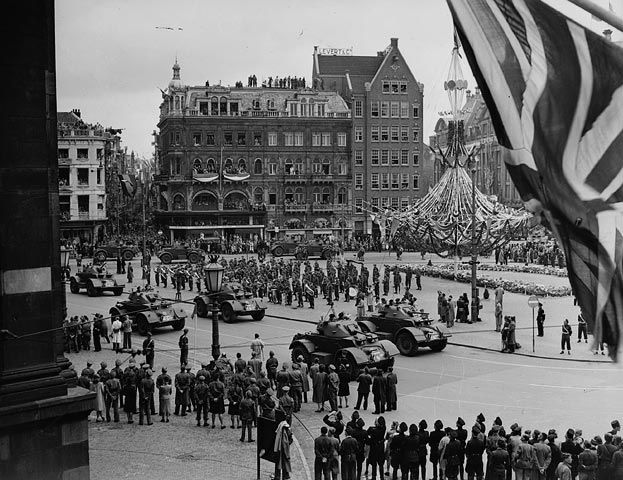
There is a very thorough website that covers the massacre and events of 7 May 1945- the 'Stichting Memorial
voor Damslachtoffers 7 mei 1945'.
Here is a link regarding personal information on the civilians that lost their lives that day: de-dam-zevenmei1945.nl/en/victims-2/
voor Damslachtoffers 7 mei 1945'.
Here is a link regarding personal information on the civilians that lost their lives that day: de-dam-zevenmei1945.nl/en/victims-2/
• • •
Missing some Tweet in this thread? You can try to
force a refresh










